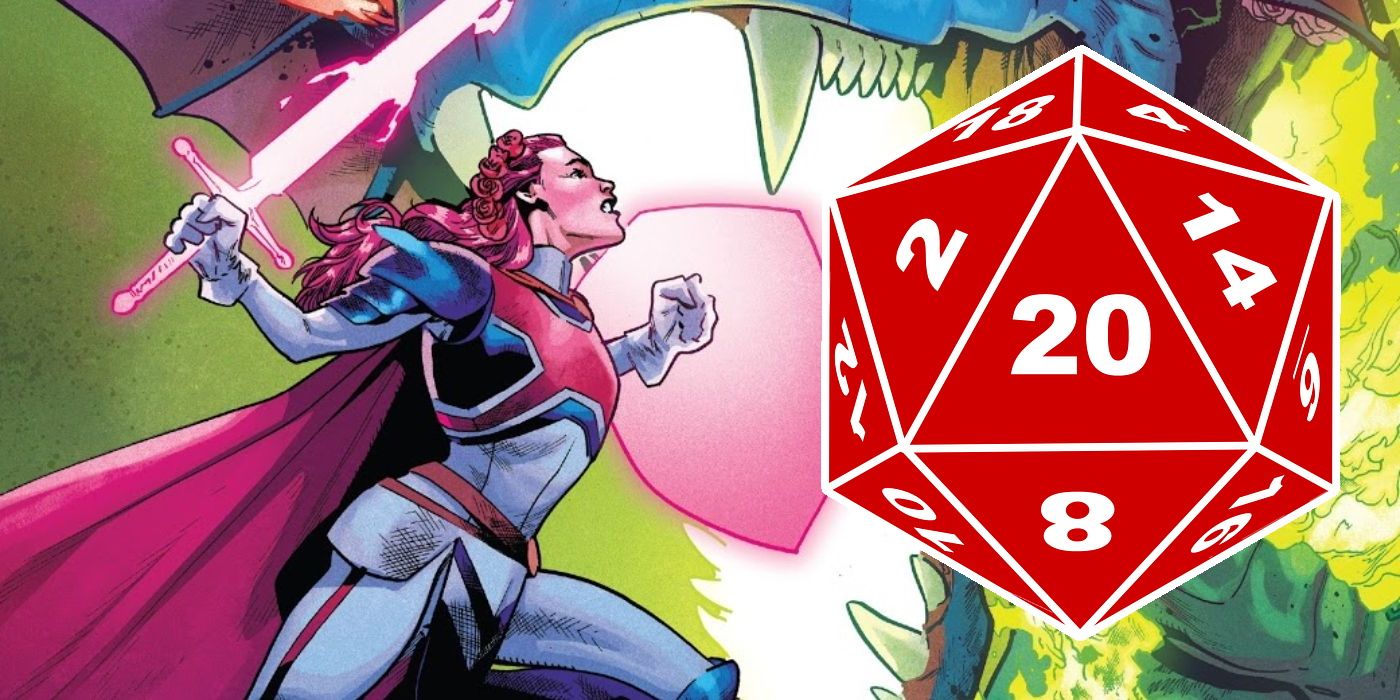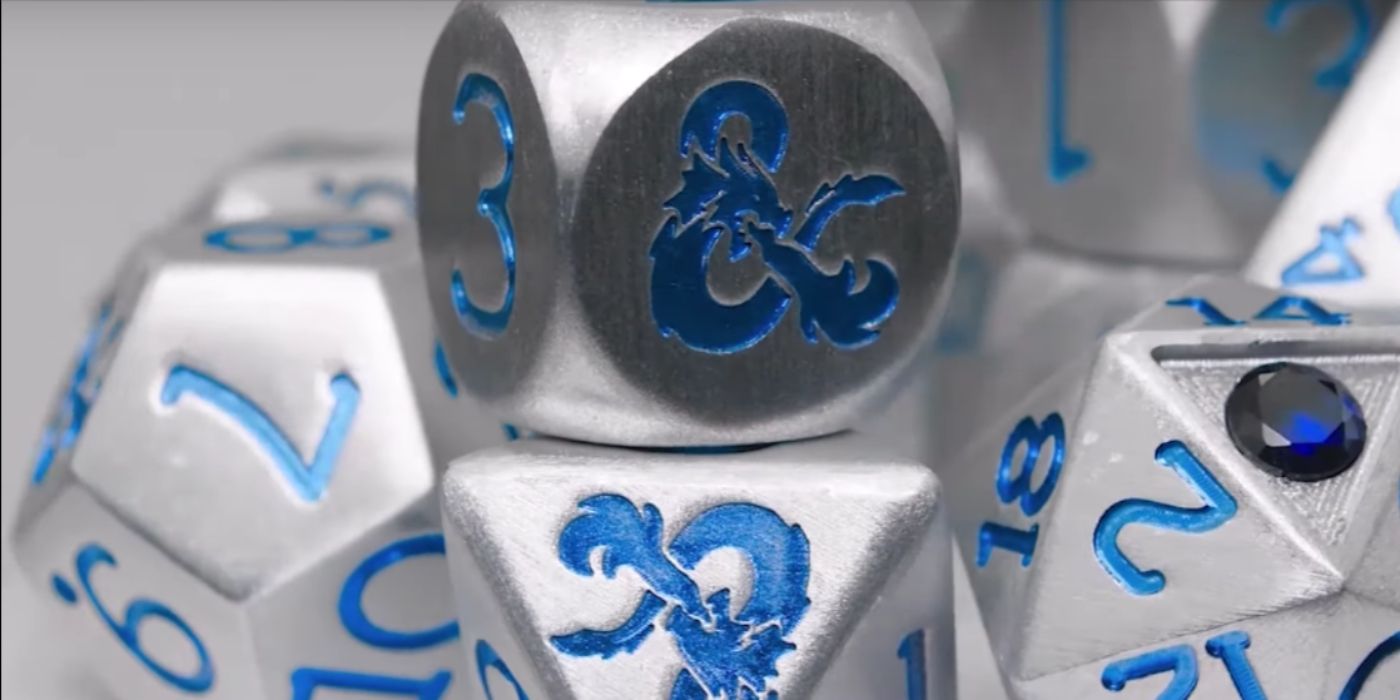Jumping into the world of Dungeons & Dragons can feel intimidating for new players. The pile of dice and complex character sheets can leave a player feeling overwhelmed and lost. However, despite how it may look when digesting all those modifiers and dice rolls for the first time, players don't need to be mathematicians to enjoy a tabletop adventure with their friends. The world of D&D for 5th edition is actually nothing more than simple addition, subtraction and knowing how to assemble the formula of an attack or spell roll.
The first important thing to do when players are settling down for an introduction to Dungeons & Dragons, is to pick a starter campaign. Choosing a setting that enables learning allows players more room to figure out the math behind their rolls. The most common rolls players will make involve adding a modifier to a D20 dice roll. If a Halfling Rogue is looking around a room, this would be a Perception Modifier plus the D20 roll. Another common addition problem comes when a character tries to hit in combat. If an orc Fighter comes in swinging, the roll would be their Strength Modifier plus a D20 dice roll, and the sum would be compared to the enemy's Armor class, or AC. Addition in Dungeons & Dragons can be more complex during combat as well. A Wizard could cast Magic Missile at a 5th magic level, creating the addition formula of 5D4+5 force damage. For this, the player would roll a four sided dice five times, add up the five rolls, and add five more to that number for the amount of damage dealt.
While extended addition makes up a large portion of the most common rolls in D&D, subtraction is also required, specifically when taking damage. Players need to subtract the damage they have taken from a hit against their remaining health, as well as subtract money from their purses when making purchases in a town or tavern. The math in Dungeons & Dragons 5th Edition rarely becomes long division for most players, which can be a relief when trying to solve a math problem quickly in combat. There are also many tools available for new players, like Critical Role's Handbook Helper, that can guide anyone new through the fundamentals of gameplay and make the math less confusing to understand.
Dungeons & Dragons Uses Basic Math For Gameplay
Some easy tips to help players with their numbers can be to keep a notepad to jot down dice rolls, and to have a calculator handy. This makes long addition a bit faster during an intense battle. It's also good to have a copy of the D&D rulebook on hand to help guide new players or have a reminder if something is forgotten while during a session. With additional tools that players can access vis the internet, like Roll20 or D&DBeyond, Dungeons & Dragons is easier than every to play, especially for those who might be nervous about keeping track of the numbers.
Understanding the formulas for tabletop games like Dungeons & Dragons can feel frustrating when first getting started, but with practice and good resources the needed math to calculate a hit or see an item hidden in a room is actually surprisingly simple. By making the math understandable for everyone, players young and old can sit down and roll a D20 confidently with a little practice and guidance. With so many exciting campaigns to pick from, learning how to add the dice and read the modifiers opens the door to limitless adventure, whether a player is good at math or not.


